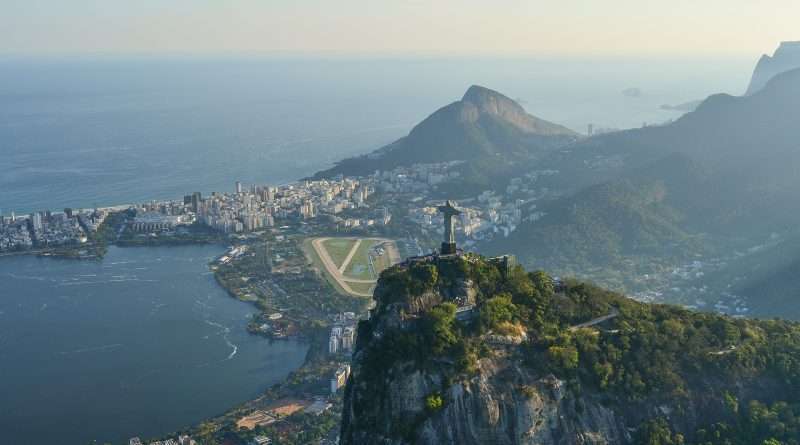Major Cities in Brazil: Culture, History & Charm
Explore the fascinating major cities in Brazil, the fifth largest and sixth most populous country worldwide and the sole Portuguese-speaking nation in America. Many of these cities are situated along the Atlantic coast or nearby, while others, such as Brasilia, Manaus, Belo Horizonte, and Goiania, are nestled further inland. As the preeminent Latin American country, Brazil exhibits a high urbanization rate of up to 80% and boasts seven cities with populations surpassing 2 million.
São Paulo: The Megacity of the Southern Hemisphere
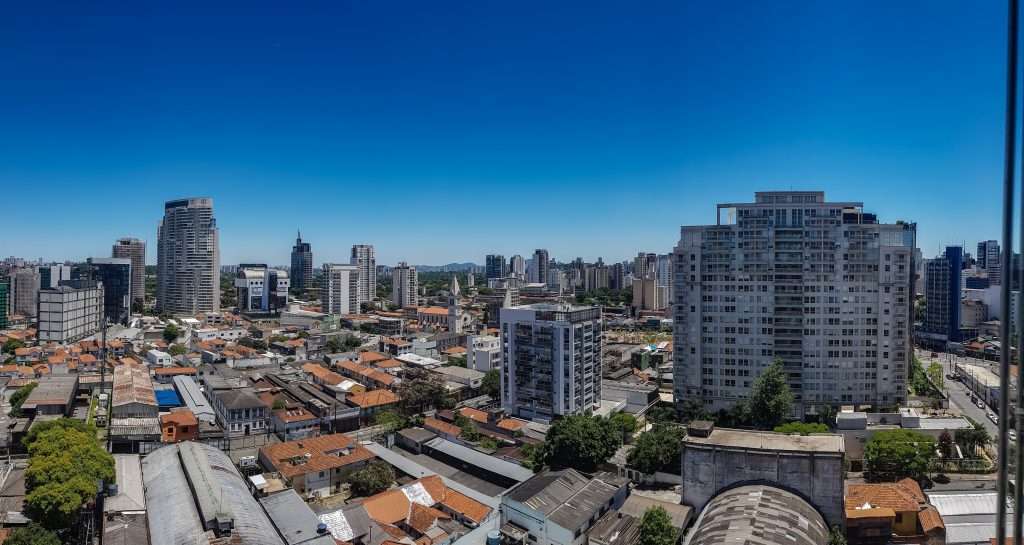
Just a short distance from the ocean coast, São Paulo is the largest city in the Southern Hemisphere and Brazil’s most populous metropolis. This modern city, named after the Apostle Paul, functions as the capital of the state of São Paulo and serves as an important business and cultural hub. Its architectural landscape showcases a harmonious blend of styles, merging historical buildings with towering skyscrapers and glass-and-concrete structures.
Jesuit missionaries founded São Paulo in 1554, and it evolved from a small settlement to a bustling city, focusing heavily on commerce and services. Nowadays, the townhouses are 30,000 millionaires, the largest stock exchange in Latin America, and one of the ten most luxurious streets globally – Oscar Freire Street.
Covering a land area of 1,523 square kilometers, São Paulo features a business center, historic and modern quarters, three airports, one of the world’s most efficient and safe metro systems, and numerous stadiums for Brazil’s cherished football matches. The city also hosts the International Biennale of Art, the Biennale of Architecture and Design, and Fashion Week – the top Latin American beauty industry event.
São Paulo’s thriving tourism sector offers numerous museums, memorials, parks, and architectural attractions to explore. Visitors can indulge in over 40 different global cuisines at local restaurants and experience diverse nightlife in the city’s many nightclubs.
Rio de Janeiro: The Marvelous City
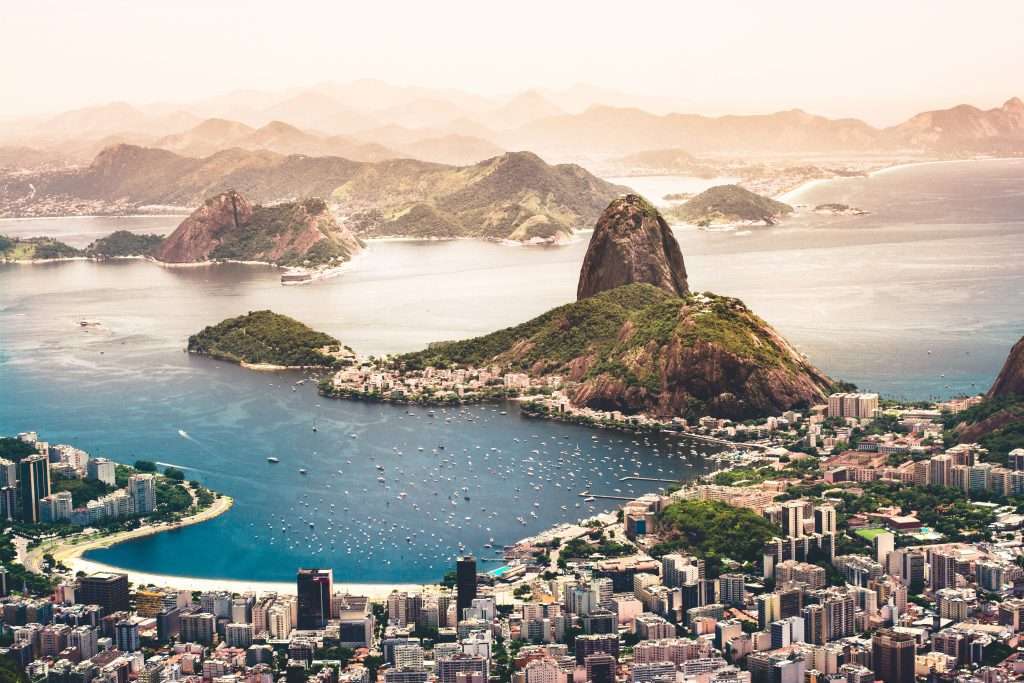
With a population of 6,688,927 (2018), Rio de Janeiro holds the title of Brazil’s second most populous city and served as the nation’s capital until 1960. The town boasts notable economic development, industrial production, services, tourism, and entertainment sectors. Additionally, Rio is one of South America’s largest ports, handling a third of Brazil’s imports and a substantial portion of exports. The world-renowned Brazilian Carnival and the iconic Christ the Redeemer statue have catapulted this vibrant city into global fame.
Spanning an area of 1,265 square kilometers, Rio’s central part sits on Guanabara Bay’s western shore, near the iconic Sugar Loaf mountain. Colonial buildings, narrow streets, churches, and cultural institutions populate the city’s historic center. Meanwhile, the south region of Rio houses tourist hotspots, legendary beaches, and the Maracanã Stadium – Brazil’s largest in terms of capacity.
Despite its undeniable allure, Rio wrestles with challenges posed by favelas – impoverished areas characterized by substandard housing and high crime rates. The city has also hosted numerous international sporting events, such as the 2014 World Cup and the 2016 Summer Olympics.
Brasília: The Architectural Wonder
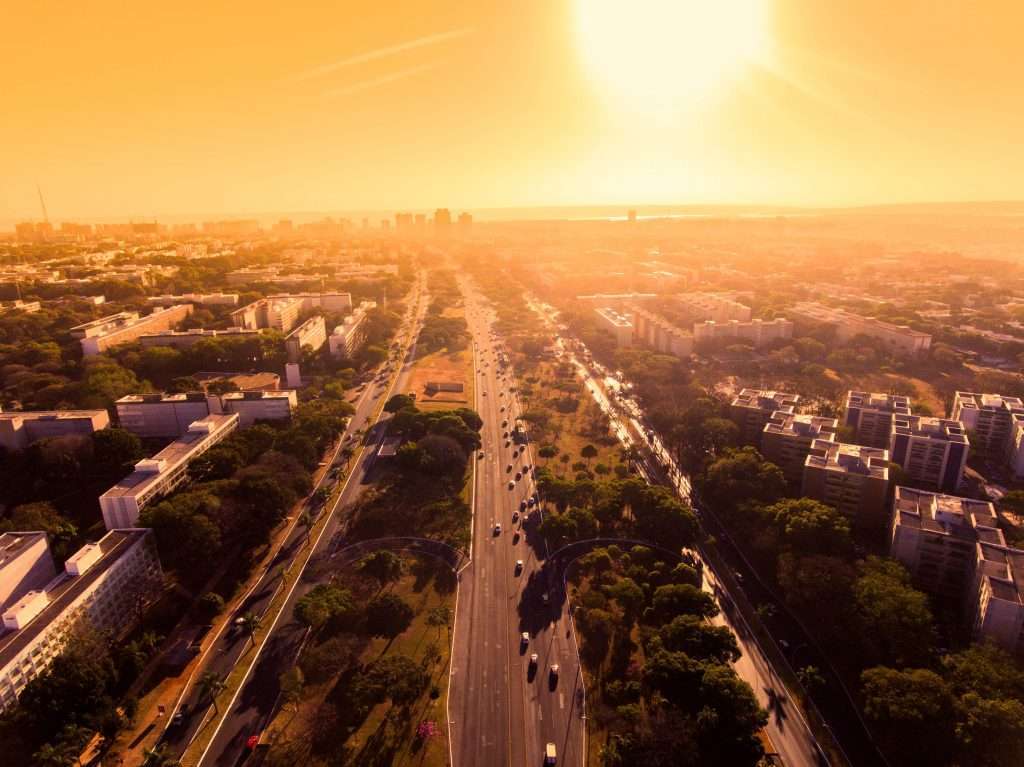
With a population of 2,974,703 (2018), Brasília serves as Brazil’s capital city. President Juscelino Kubitschek de Oliveira oversaw its construction in record time, and its inauguration followed soon after. This architectural marvel earned a place on the UNESCO World Heritage List in 1987 as a significant example of urban planning.
Today, Brasília covers more than 5,800 square kilometers and incorporates satellite towns that were not part of the original project. Renowned Brazilian urban planner Lucio Costa designed the city’s core, which resembles an airplane with curved wings. Iconic buildings, such as the National Congress, Supreme Court, Federal Library, and State Bank, along with the presidential administration palace (Planalto) and the foreign affairs ministry (Itamaraty), are all situated near the “fuselage.”
Residential areas occupy the “wings” of the city, while parks, a stadium, a memorial complex, cultural centers, and the handicraft fair Feira da Torre de TV can be found towards the “tail.” Celebrated Latin American architect Oscar Niemeyer designed the city’s futuristic buildings, which evoke images of extraterrestrial spaceships.
Interestingly, residential buildings in Brasília do not exceed six floors, and many apartments remain unoccupied due to high costs. Villas of wealthy residents are located on the artificial Paranoá Reservoir’s eastern shore.
Salvador: The Afro-Brazilian Jewel
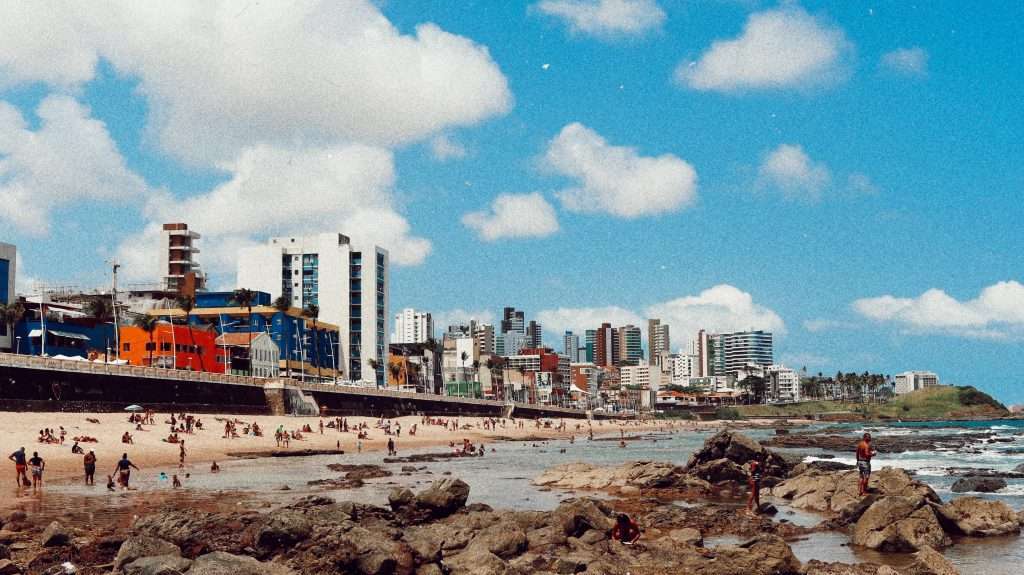
With a population of 2,857,329 (2018), Salvador served as Brazil’s first capital from 1549 to 1763 and now functions as the administrative center of Bahia, an eastern state. Its history as the largest delivery point for African slaves to South America has left a significant mark on the city’s ethnic and cultural landscape. Today, the Afro-Brazilian community constitutes more than a quarter of its population, and the preserved traditions with an African touch create a unique atmosphere.
Vibrant black women dressed in colorful colonial-era outfits greet visitors, while capoeiristas showcase the popular capoeira martial art/dance style, and cooks offer original local dishes. The cultivation and processing of sugar cane, finished product exports, and enslaved people’s importation contributed to Salvador’s economic prosperity. Although the city experienced a depression after the capital moved to Rio de Janeiro, it revived in the 1990s through various restoration projects for its historic center, boosting tourism.
Salvador’s Carnival is considered one of the largest street festivals globally, attracting guests worldwide. The city features an international airport and a seaport that annually accommodates up to 100 cruise ships.
Spanning 707 sq. km, Salvador encompasses two coastlines, with sandy beaches stretching along the shores. The city is divided into the Upper and Lower, connected by the iconic Lacerda Elevator. The more affluent and well-maintained Upper City houses the historic quarter of Pelourinho — a UNESCO World Heritage Site since 1985. Visitors can find the Cathedral, churches, palaces, museums, and a harmonious blend of colonial and Baroque architecture. The Lower City is home to the Modelo handicraft market, harbor, trading shops, and impoverished neighborhoods.
Fortaleza: Coastal Beauty and Rich Culture
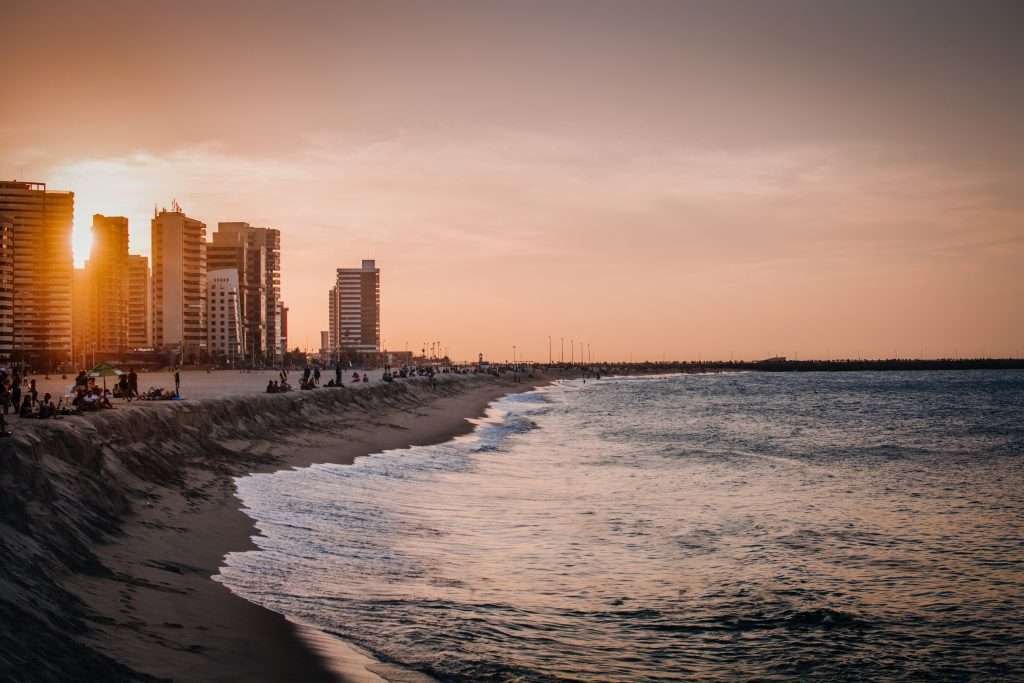
With a population of 2,643,247 (2018), Fortaleza serves as the capital of the Brazilian state of Ceará and ranks among Brazil’s most populous metropolitan areas. Since the 1990s, it has been one of the country’s main tourist centers, featuring thriving service and trade sectors. The sunny ocean beaches, bustling nightlife, diverse activities, and colorful markets attract visitors, offering unique ceramics, leather goods, sand paintings, and exquisite lace. The city hosts an international airport.
Situated on the northeastern coast, Fortaleza’s name connects to Fort Schonenborch, which the Dutch founded in 1649 and later transferred to the Portuguese in 1654. The city contains several museums, the neo-Gothic Cathedral of St. Joseph and the José de Alencar Theater with its neoclassical and Art Nouveau facades. English Bridge provides stunning coastal views and sunsets. Parks, nature reserves, and mangrove forests can be found within and outside the city.
Belo Horizonte: The Planned City with a Beautiful Horizon
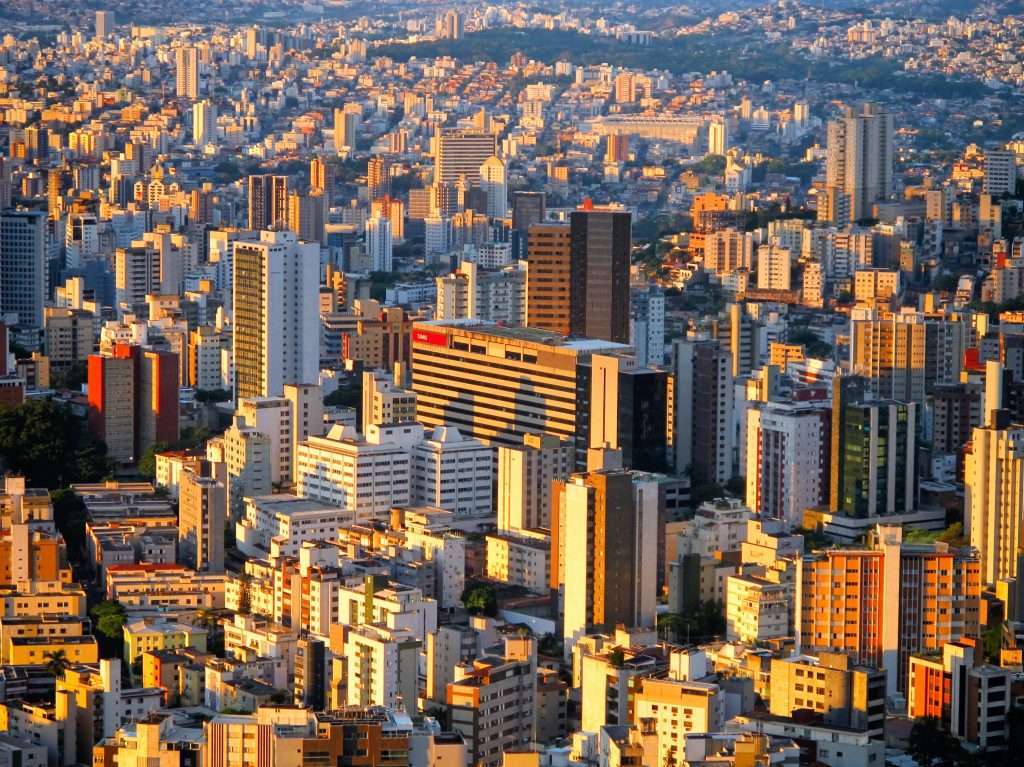
With a population of 2,501,576 (2018), Belo Horizonte serves as the state capital of Minas Gerais and is Brazil’s second pre-planned city after Teresina. Founded in 1897, the city’s name means “beautiful horizon” and covers an area of 331 sq. km. It features numerous parks, museums, churches, a botanical garden, cultural centers, galleries, and the massive Palace of Arts (Palacio das Artes).
The picturesque area of Pampulha emerged in the 1940s due to an innovative urban development plan that then-mayor Juscelino Kubitschek initiated, who later became Brazil’s President. Renowned Latin American architect Oscar Niemeyer designed the project, and his modernist creations include the unique Church of St. Francis of Assisi, and the circular Casa do Baile. You can find these landmarks in the Ecological Park of Pampulha, situated on the shores of the eponymous artificial lake. The park also houses one of the country’s most prominent football arenas, Mineirão Stadium.
Belo Horizonte is recognized as the capital of Brazilian jewelers, with precious stone and gold deposits mined in its suburban areas. The city hosts headquarters for steel companies, Google’s Brazilian branch, universities, and government agencies and has an international airport. However, the service sector, including business tourism, forms its economic backbone. Belo Horizonte holds the International Theater Festival every two years and is known for hosting dance and music shows. The city is also home to several influential rock and metal bands, significantly impacting modern Brazilian culture.
Manaus: The Gateway to the Amazon
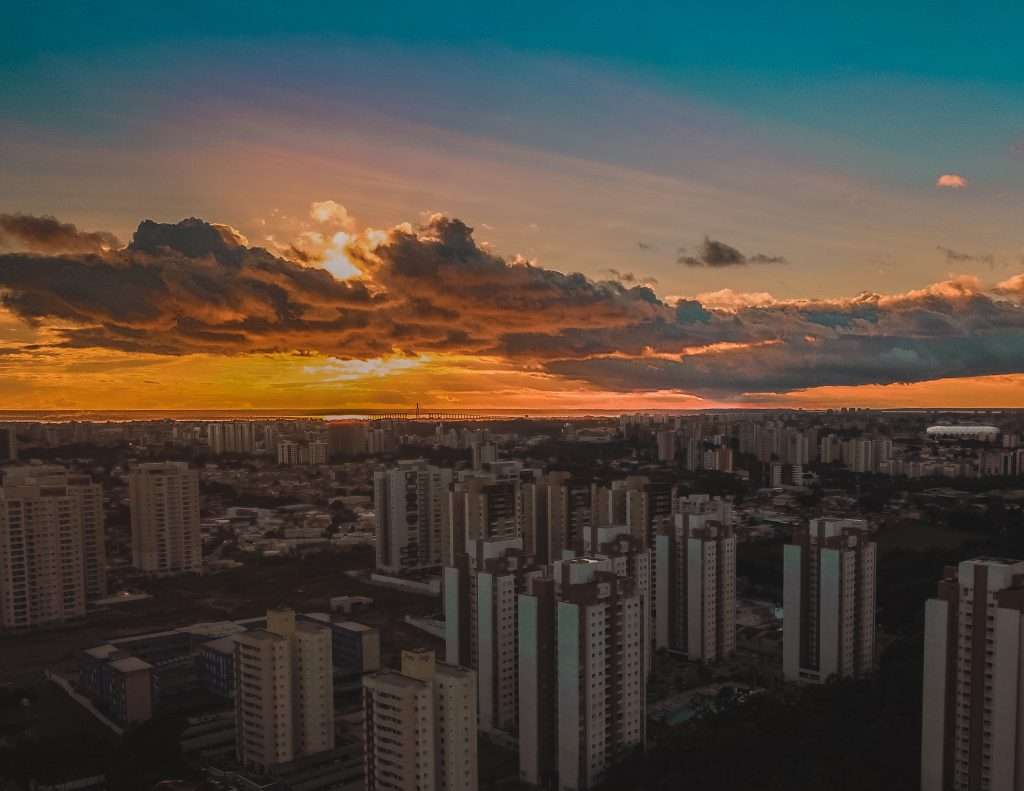
With a population of 2,145,444 (2018), Manaus, the capital of the state of Amazonas, spans 11 thousand square kilometers and is considered Brazil’s most paradoxical city, full of contrasts and surprises. Located in the heart of the Amazonian jungle, along the banks of the Rio Negro River, where it merges with the Amazon River’s world-renowned, high-flowing waters. The unique sight of the dark stream of the Rio Negro meeting the lighter, denser waters of the Solimões River, the name for the Amazon River upstream, attracts tourists worldwide. They come to witness this multi-kilometer “wedding of rivers” and experience the region’s untouched nature and unique flora and fauna. Numerous river cruises depart from Manaus’ port, earning the city its nickname as the Gateway to Amazonia.
Portuguese colonists settled here in 1669, building the Fort of San José de Rio Negro, which gradually became the settlement of Lugar da Barra. The modern toponym, associated with one of the indigenous tribes, emerged in 1832. However, from 1848 to 1856, the city was called Cidade da Barra do Rio Negro.
During the turn of the 19th to 20th centuries, Brazil experienced a rubber boom, which brought economic development and worldwide fame to Manaus. At that time, the luxurious Amazonas Theater was built, symbolizing the city’s prosperity and modern constructions of the Cathedral and the Church of St. Sebastian. Wealthy planters spared no expense to transform Manaus into a South American Paris. Still, the rubber boom’s abrupt end in the early 20th century led to numerous bankruptcies, a sharp decline in population, and the abandonment of many urban facilities.
A new economic boom began during World War II, leading to another rapid period of prosperity for Manaus, thanks to the miraculously preserved urban infrastructure. The city’s designation as a free economic zone significantly impacted its development. Today, the capital of the state of Amazonas is a major industrial, commercial, and financial center of the country. Manaus hosts folklore and music festivals, the Amazonas Carnival, a film festival, and ecotourism are flourishing. Attractions in the city include museums, churches, natural parks and gardens, the Opera House, the oldest Municipal Market, the Rio Negro Cultural Center, and the new Amazonia Stadium.
What did we learn today?
We learned today that Brazil’s large and diverse cities offer a fascinating blend of history, culture, and natural beauty. Each city has its unique charm and attractions, from the vibrant beaches of Rio de Janeiro to the architectural marvels of Brasília, the rich Afro-Brazilian culture of Salvador, and the enchanting Amazonian gateway of Manaus. We also discovered that these cities had undergone various economic transformations, adapting to changing circumstances while preserving their heritage and cultural identity. Through exploring these cities, we gained a deeper understanding of Brazil’s dynamic urban landscape and the rich tapestry of experiences it offers residents and visitors alike.

